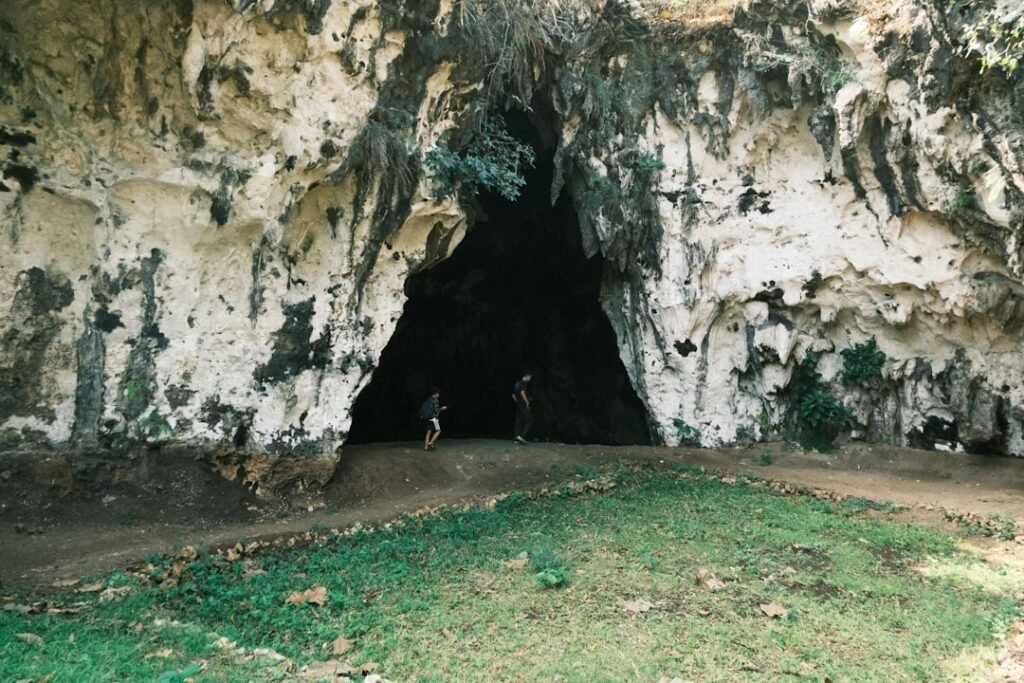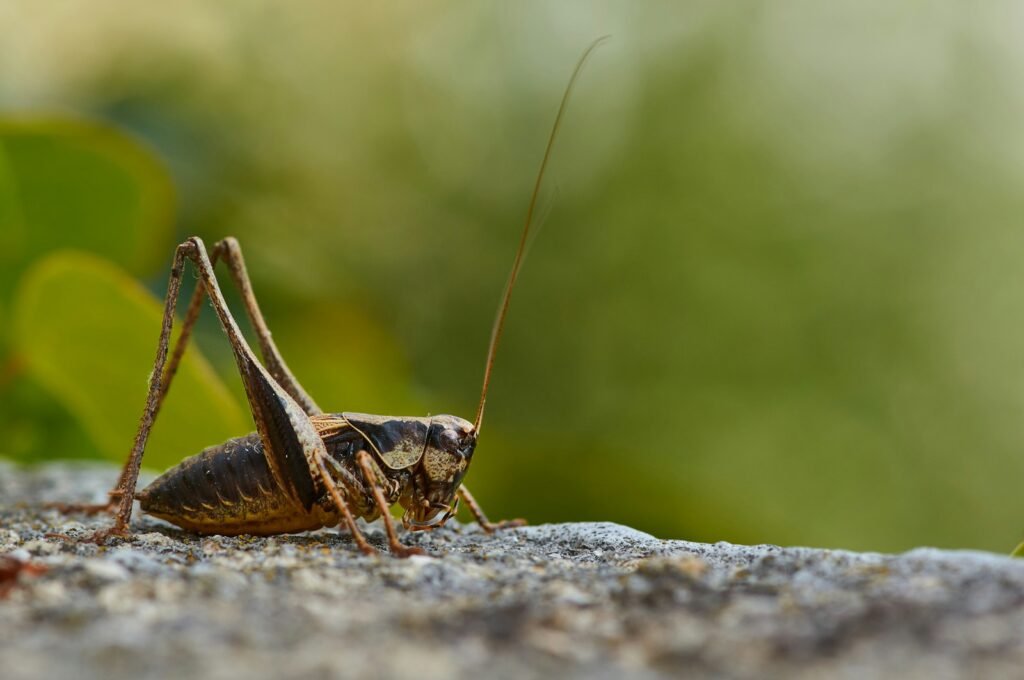Deep below the familiar rhythms of daylight, entire worlds are unfolding in permanent night. Scientists are finding that some cave ecosystems have evolved for astonishing stretches of time in near-total isolation, guided by chemistry instead of sunlight and patience instead of speed. These places hum with life that looks unfamiliar – eyeless fish, translucent insects, pale salamanders – and they challenge what we think we know about adaptation. The mystery is as gripping as any cosmic story: how does life reinvent itself when cut off from the surface for millennia, and what does that teach us about resilience? The answers are arriving from a handful of rare caves where evolution has been proceeding on a separate track, quietly but decisively.
The Hidden Clues

What happens to life when darkness never lifts and food never falls from above? In caves sealed from the surface by rock, water, and time, the rules change, and natural selection leans hard on energy thrift, stealth, and touch. Many creatures here shed pigment and eyes, trading vision for hyper-sensitive hairlike structures and elongated limbs that read the landscape like fingertips across Braille.
Scientists read this story in the bodies of the residents: blind cave fish with widened jaws and extra taste buds, spiders and beetles stretched into startling elegance, salamanders that slow their metabolisms to a hush. Even the cave walls carry hints, coated with slick microbial films that trace chemical energy sources like a neon sign dimmed to a whisper. The clues add up to a striking verdict: isolation doesn’t halt evolution; it reroutes it.
From Ancient Tools to Modern Science

Early cave explorers mapped these worlds with rope, notebooks, and patience, returning mud-smeared and wide-eyed with rumors of strange fauna. Today, researchers bring portable DNA sequencers, micro-CT scanners, and sterile sampling kits, transforming what used to be a heroic trek into a cautious, data-rich mission. Environmental DNA pulled from a jar of cave water can reveal which species passed by without ever disturbing them.
Laser-based mapping stitches together three-dimensional models of labyrinthine passages, while chemical loggers quietly record gases and minerals hour by hour. The shift is more than technological; it’s ethical, minimizing footprints in places where one misstep can erase centuries of undisturbed habitat. The result is a cleaner, clearer picture of how isolation has molded these ecosystems.
A World Built on Chemical Sunlight

In certain sealed caves, life doesn’t lean on fallen leaves or flooding rivers – it runs on chemosynthesis, the same engine that powers deep-sea vents. In Romania’s Movile Cave, for example, bacteria feed on hydrogen sulfide and methane, building mats that nourish a community of invertebrates adapted to toxic air and scarce oxygen. These mats are the cave’s green forest – a substitute sun humming in microbial form.
Elsewhere, sulfur-rich caves in Mexico show similarly radical economies, with microbial films coating walls and pools where human lungs sting but cave fauna thrive. Far beneath New Mexico’s Lechuguilla Cave, microbes have been isolated long enough to develop complex survival toolkits, reminding scientists that evolution never clocks out. Chemical energy doesn’t just make survival possible; it rewrites the food web from the basement up.
Lives That Traded Eyes for Touch
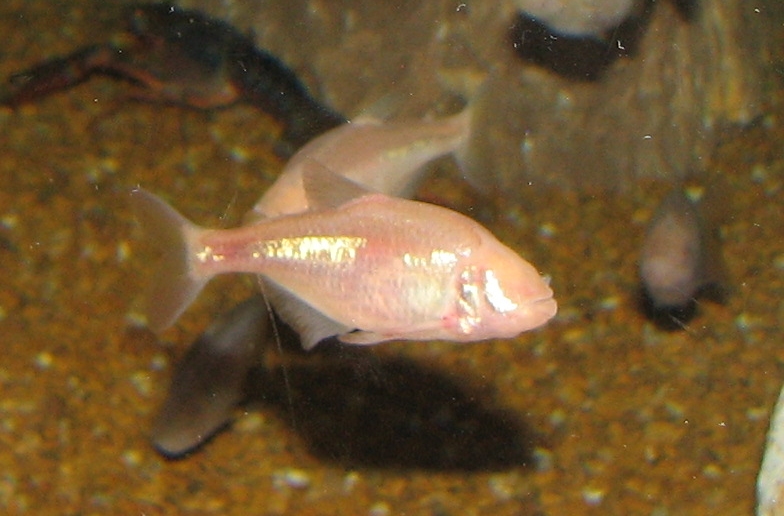
Blind Mexican cavefish evolved eyesight’s absence multiple times in separate cave populations, a powerful example of evolution finding the same solution again and again. Without vision, these fish invest in other senses, navigating by pressure waves and minute chemical cues, a living lesson in sensory trade-offs. In the Dinaric karst, the pale olm – a cave-dwelling salamander – stretches the logic even further, living for decades with a metabolism so slow it borders on myth.
Across subterranean pools and streams, this theme repeats: reduced pigmentation, delayed reproduction, and behaviors tuned to silence and scarcity. The story isn’t just about loss – it’s about redirection. In darkness, touch, smell, and electrical sensitivity become the brighter lights.
Global Perspectives

Isolated evolution underground isn’t confined to one continent; it’s a patchwork of hidden laboratories beneath Romania, Slovenia, Mexico, the American Southwest, and beyond. Devils Hole in Nevada shelters a pupfish population clinging to a limestone window into an aquifer, a species so geographically constrained that its entire world fits within a single, guarded fissure. In Slovenia and Croatia, subterranean rivers carve corridors for the olm, while the karst of the Balkans holds invertebrate lineages that exist nowhere else.
In Australia’s arid west, groundwater-fed caves harbor ancient crustaceans that move through ink-black aquifers, and Brazil’s limestone belts hide their own blind denizens. Each site carries a unique blend of geology, chemistry, and time, shaping creatures with common themes but distinct trajectories. Together they map an atlas of isolation, a set of evolutionary islands we’re only beginning to chart.
Why It Matters
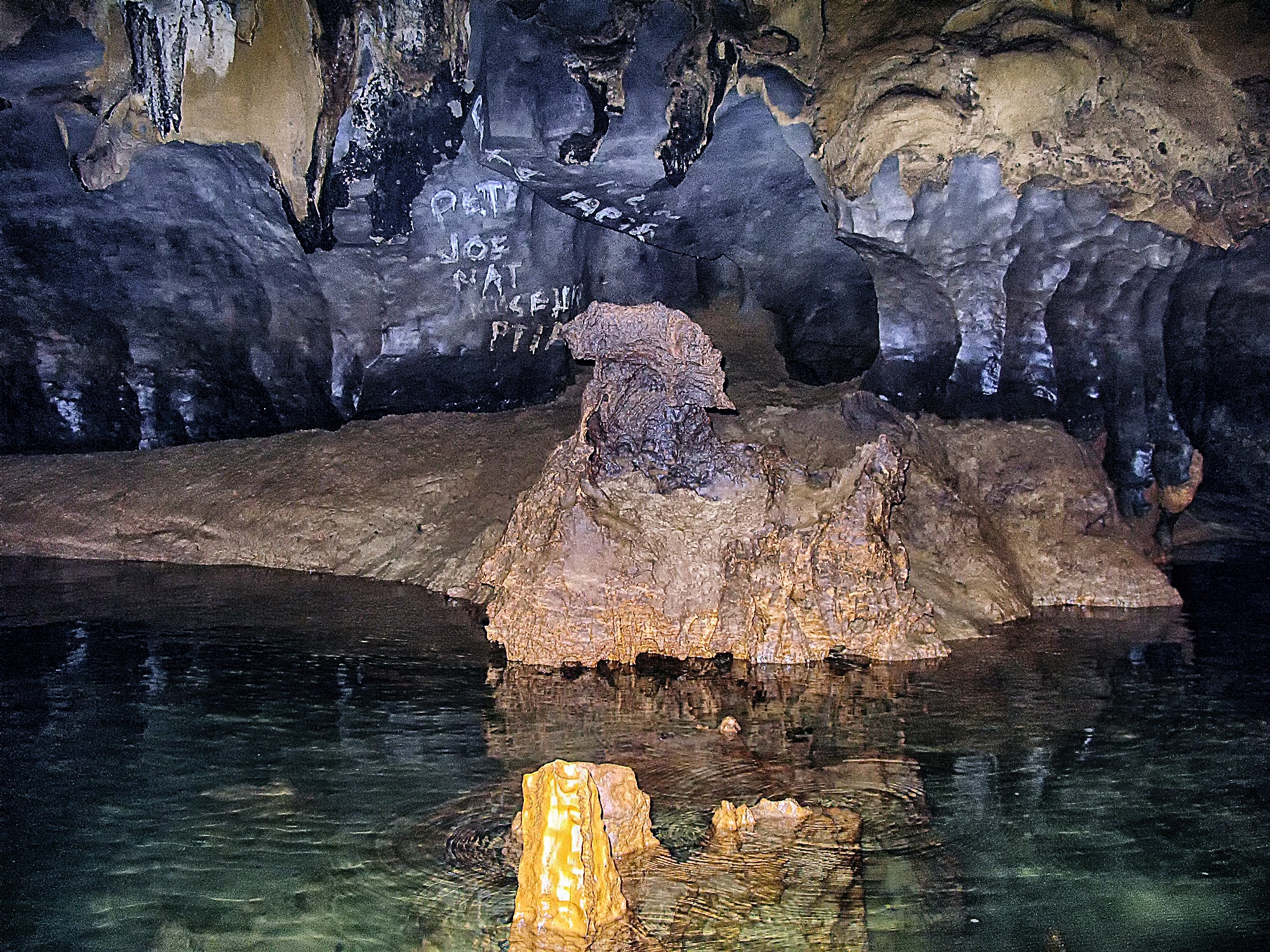
Caves are the memory vaults of Earth’s freshwater, sitting inside the same karst systems that supply drinking water to towns and farms. Studying creatures honed by scarcity helps biologists understand energy use, aging, and sensory evolution in ways lab animals rarely allow. The metabolic strategies of troglobites, for instance, reveal how life stretches resources, a lesson relevant to medicine, space exploration, and climate resilience.
There’s also a public health angle: ancient microbes thriving in caves carry resistance toolkits that predate modern antibiotics, offering clues to staying ahead in a permanent arms race. And because cave fauna are exquisitely sensitive to pollution, they act as early-warning alarms for groundwater contamination. Protecting them, in practice, means protecting ourselves.
The Hidden Clues
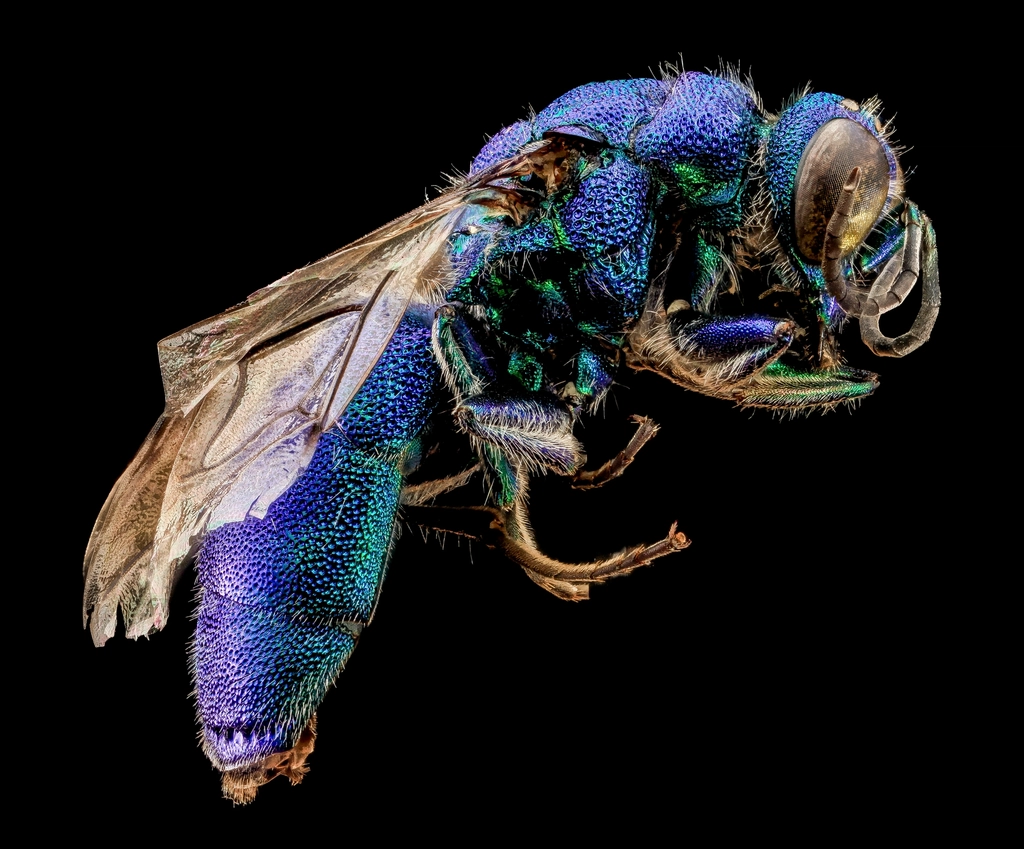
Evidence of isolation shows up in behavior as much as in bones and genes, and it’s often surprising. I still remember kneeling at a cave mouth in Kentucky, feeling the air cool as if a refrigerator had cracked open, and noticing how insects hugged the stillest pools like stars around a black hole. That instinct for calm water is a survival script written by energy economics, not fear.
When researchers cross-check field notes with DNA from cave sediments, the same patterns surface: slow life histories, sensory shifts, and food webs anchored by microbes. Even the timing of movements – emergences after floods, retreats during drought – can sketch a family tree of adaptation. The clues are everywhere if you know how to read the dark.
The Future Landscape
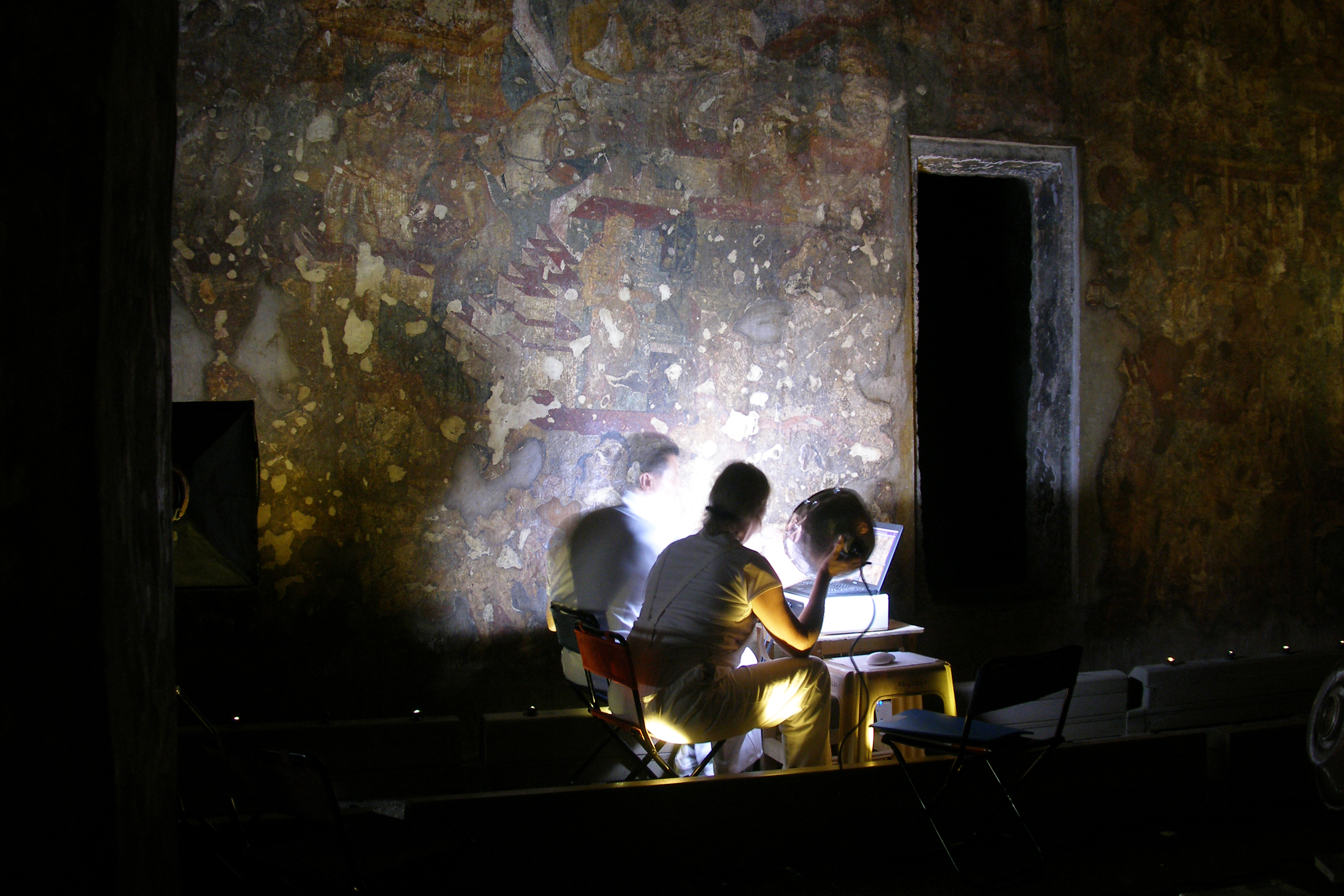
New tools are racing to meet old mysteries. Portable nanopore sequencers can now read genomes beside an underground stream, while tiny robots and tethered drones scout flooded passages no human can enter. Machine-learning models are helping identify undiscovered hotspots by matching geology, groundwater flow, and climate to known cave biodiversity.
The challenges are equally modern: microplastics drifting into aquifers, groundwater pumping that drops levels beyond a species’ reach, and warming trends that shift delicate chemistry. International agreements, local regulations, and respectful ecotourism will decide whether these ecosystems remain laboratories or become obituaries. The window to choose is open, but not indefinitely.
How to Help, Wherever You Live
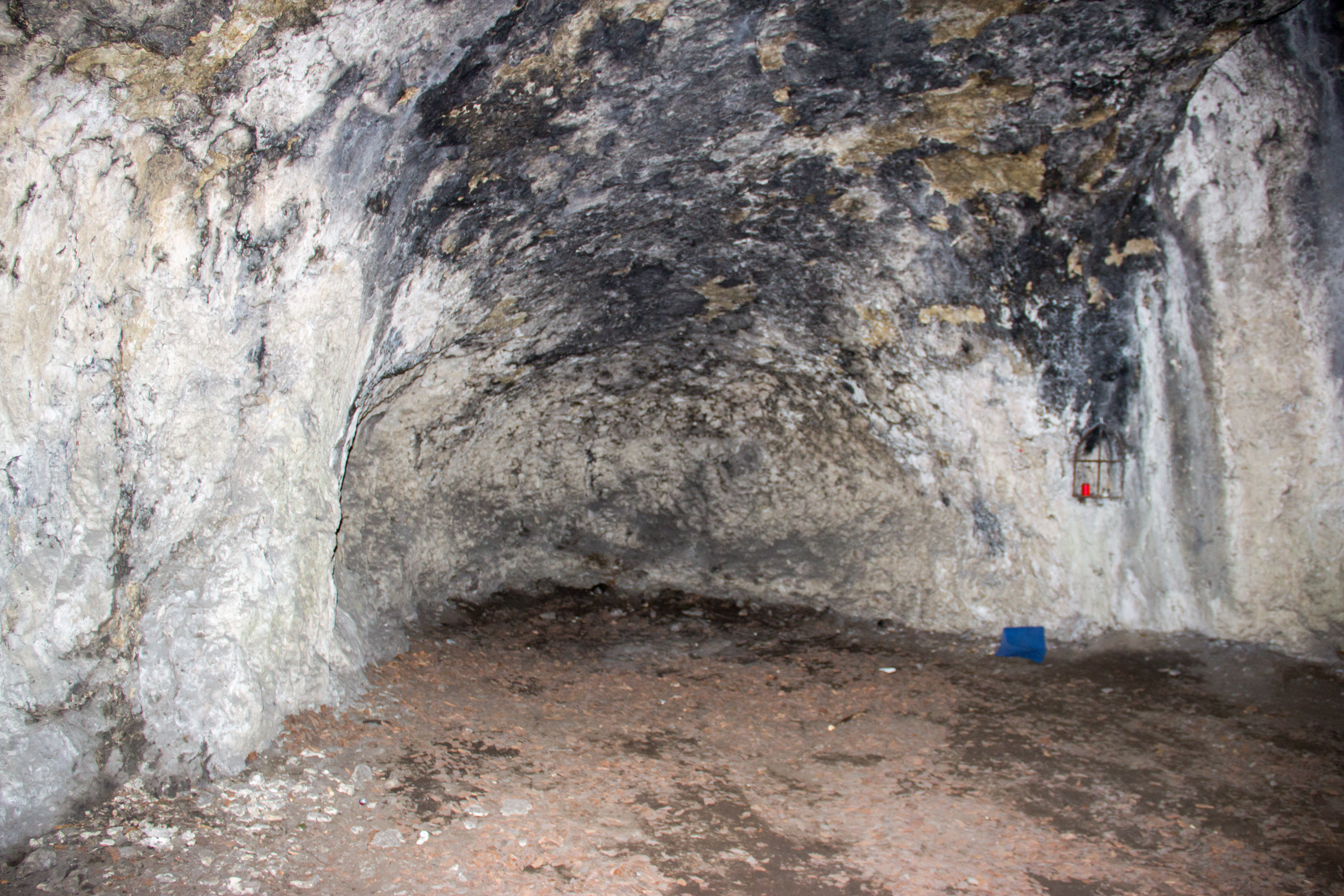
Conservation starts upstream – literally – because everything poured onto lawns and streets can end up in the groundwater that feeds caves. Skip unnecessary fertilizers, dispose of chemicals properly, and support local policies that protect aquifers and karst landscapes. If you visit caves, go with trained guides, follow decontamination rules, and keep to established paths to prevent spreading pathogens and disturbing fragile habitats.
You can also back organizations that maintain cave preserves, fund biodiversity surveys, and train the next generation of speleologists and microbial ecologists. Citizen-science projects increasingly welcome volunteers to log spring flows, test water quality, or help map sinkholes, turning curiosity into practical help. Small actions above ground ripple far below.

Suhail Ahmed is a passionate digital professional and nature enthusiast with over 8 years of experience in content strategy, SEO, web development, and digital operations. Alongside his freelance journey, Suhail actively contributes to nature and wildlife platforms like Discover Wildlife, where he channels his curiosity for the planet into engaging, educational storytelling.
With a strong background in managing digital ecosystems — from ecommerce stores and WordPress websites to social media and automation — Suhail merges technical precision with creative insight. His content reflects a rare balance: SEO-friendly yet deeply human, data-informed yet emotionally resonant.
Driven by a love for discovery and storytelling, Suhail believes in using digital platforms to amplify causes that matter — especially those protecting Earth’s biodiversity and inspiring sustainable living. Whether he’s managing online projects or crafting wildlife content, his goal remains the same: to inform, inspire, and leave a positive digital footprint.

